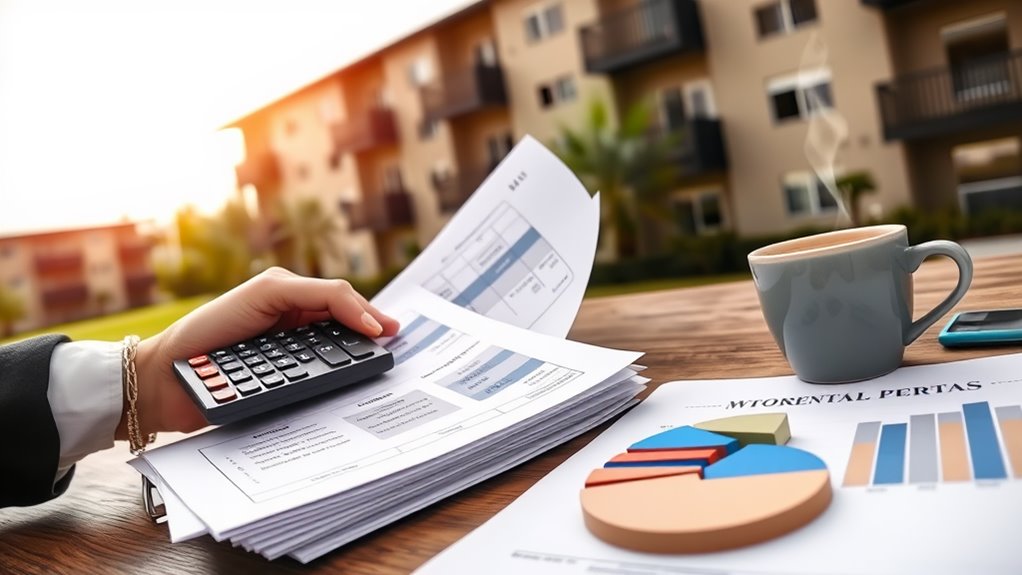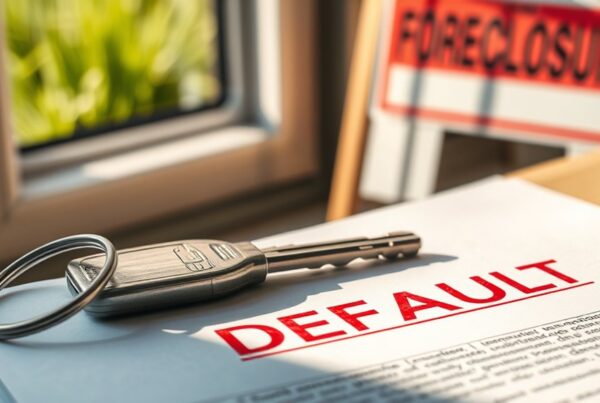Cash flow in real estate investing is your net income after covering operating expenses and debt service. You’ll calculate Net Operating Income (NOI) by subtracting expenses from rental income—positive cash flow means profit, while negative signals financial strain. Key metrics like NOI and cash-on-cash return help you evaluate investments. Aligning rental income with the 1% rule and minimizing costs through efficient management guarantees profitability. Staying informed about these strategies sharpens your investment decisions and reveals deeper insights.
Key Takeaways
- Cash flow represents net income after operating expenses and mortgage payments in real estate investments.
- Positive cash flow occurs when rental income exceeds expenses and debt service, indicating profitability.
- Negative cash flow results from expenses surpassing income, potentially requiring additional funding to sustain the property.
- Key metrics like Net Operating Income (NOI) and cash-on-cash return help evaluate investment profitability.
- Maximizing cash flow involves aligning rental rates with market demand, reducing vacancies, and controlling operating costs.
Understanding Cash Flow in Real Estate
When investing in real estate, understanding cash flow is critical because it directly impacts the profitability of your property. Cash flow represents the net income generated by an investment property after accounting for operating expenses and debt service. To assess performance, start by calculating Net Operating Income (NOI), which is derived by subtracting total operating expenses—such as maintenance, property management fees, and insurance—from the gross rental income. This metric highlights the property’s ability to generate income independently of financing. Next, deduct debt service from NOI to determine cash flow before tax, which reflects the actual cash available to you. Positive cash flow indicates reliable profitability, while a negative figure signals potential financial strain. Conduct thorough due diligence to guarantee your rental income covers operating expenses and aligns with your investment goals. Understanding these principles helps you calculate metrics like cash on cash return, providing a clearer picture of your property’s financial health. Utilizing tools such as the Long Term Rental Calculator can streamline these financial assessments and enhance your investment decision-making.
Positive vs. Negative Cash Flow
Analyzing positive versus negative cash flow allows you to gauge a property’s financial viability and your investment’s sustainability. Positive cash flow occurs when rental income exceeds operating expenses and debt service, leaving surplus funds that enhance your investment potential. For instance, a property earning $100,000 in rent with $75,000 in expenses generates $25,000 in positive cash flow. Conversely, negative cash flow arises when expenses surpass income, forcing you to cover the shortfall. While temporary negative cash flow during renovations or tenant turnover may be manageable, persistent deficits can erode long-term returns. Effective property investment requires aligning rental income with the 1% rule, where monthly rent equals at least 1% of the purchase price, to guarantee positive cash flow potential. Understanding these dynamics is vital for calculating metrics like Cash on Cash return, which evaluates annual income against your initial investment, helping you assess profitability and financial risks. Utilizing rental market analysis can further optimize your pricing strategy to ensure consistent positive cash flow.
Calculating Cash Flow Metrics

To calculate Net Operating Income (NOI), subtract operating expenses from total rental income, ensuring you accurately account for costs like maintenance, taxes, and insurance. To determine Cash Flow Before Tax, deduct annual debt service, such as mortgage payments, from NOI, revealing the cash left after covering debt obligations. These metrics provide a clear picture of property profitability and guide strategic investment decisions. Understanding these calculations can help you evaluate rental properties more effectively and make informed choices about potential investments.
Net Operating Income
Understanding a property’s financial performance starts with calculating its Net Operating Income (NOI), a key cash flow metric that reflects operational profitability. To determine NOI, subtract total operating expenses from gross rental income. These include maintenance, property management fees, and insurance, but exclude debt service, taxes, and capital expenditures. A positive NOI indicates a property generates more cash from rent and ancillary fees than it spends on operating costs, highlighting its cash flow potential. For property owners, NOI is critical for evaluating investment opportunities and analyzing real estate investments’ performance. By focusing on NOI, you gain a clear picture of a property’s ability to generate cash before financing considerations. This metric helps you make informed decisions about acquisitions or improvements, ensuring your investment aligns with financial goals. Utilizing investment property performance tracking tools can further enhance the accuracy of your NOI calculations and overall investment strategy.
Cash Flow Before Tax
While Net Operating Income measures operational profitability, Cash Flow Before Tax provides insight into a property’s financial health after accounting for debt obligations. You calculate it by subtracting debt service from Net Operating Income (NOI), which reveals the cash available after covering operating expenses and mortgage payments. The formula: Cash Flow Before Tax = NOI – Debt Service, helps you assess the investment’s sustainability. A positive Cash Flow Before Tax guarantees the property generates enough income to meet its obligations, supporting long-term profitability. When investing in real estate, combine this metric with others like Cash on Cash return and Cap Rate to evaluate financial performance thoroughly. Understanding Cash Flow Before Tax is critical for effective cash flow management, enabling you to make informed decisions on acquisitions and operational strategies, while accounting for property taxes and other costs. Consider leveraging home equity to enhance your cash flow by funding property improvements or covering initial expenses.
Factors Affecting Cash Flow
Because rental income serves as the foundation of cash flow in real estate, it is essential to monitor how market conditions, tenant renewals, and rate adjustments influence this revenue stream. Operating expenses, such as property management costs, maintenance, property taxes, and insurance, directly reduce your net operating income (NOI), impacting overall cash flow potential. Debt service, or mortgage payments, further reduces your cash return after deducting from NOI, so financing terms must align with your investment strategy. Tenant turnover can disrupt cash flow due to vacancy losses, emphasizing the importance of minimizing turnover rates. Additionally, exploring additional income sources, like pet fees or parking charges, can enhance your cash flow and improve overall profitability. Understanding local market conditions is crucial to identifying opportunities and minimizing risks in cash flow management. To understand these factors better, consider the following:
| Factor | Impact | Strategy |
|---|---|---|
| Rental Income | Primary revenue source | Adjust rates based on market trends |
| Operating Expenses | Reduces NOI | Minimize unnecessary costs |
| Debt Service | Reduces cash flow | Secure favorable loan terms |
| Tenant Turnover | Causes vacancy losses | Implement retention strategies |
| Additional Income Sources | Enhances cash flow | Explore all revenue opportunities |
Strategies to Improve Cash Flow

You can maximize rental income by applying the 1% Rule, ensuring monthly rent meets or exceeds 1% of the property’s purchase price to maintain cash flow viability. Enhancing property value through strategic enhancements like updated appliances and outdoor spaces can justify higher rent and attract long-term tenants. Simultaneously, reduce operating costs by optimizing expenses like maintenance, insurance, and property management fees to directly improve profitability. Implementing these strategies creates a balanced approach to enhancing your property’s cash flow.
Maximize Rental Income
Several proven strategies can effectively maximize rental income and improve cash flow in real estate investing. To optimize your potential rental property, focus on aligning rental rates with market analyses and the 1% rule to guarantee viability. Wider audience reach through platforms like Zillow and Trulia can significantly reduce vacancy periods and enhance profitability. Reducing vacancy rates through tenant retention strategies, such as long-term leases or renewal incentives, stabilizes income streams. Incorporate ancillary income sources like pet fees or parking charges to boost cash flow without significant operating expenses. Regularly conduct market analyses to adjust rental rates in line with local demand, maintaining competitiveness. By increasing Net Operating Income (NOI) through these methods, you’ll enhance overall profitability.
Reduce Operating Costs
To effectively improve cash flow in real estate investing, reducing operating costs is a critical strategy that directly enhances profitability. Start by negotiating service contracts regularly to guarantee competitive pricing for landscaping or cleaning services. Implement energy-efficient upgrades like LED lighting and smart thermostats to lower utility expenses by 10-30% annually. Routine maintenance prevents costly repairs and keeps your rental property attractive to tenants, reducing vacancy rates. Streamline operations using property management software to cut administrative expenses by up to 20%. Encourage long-term leases with incentives, which minimize tenant turnover and the costs of re-leasing.
| Strategy | Impact |
|---|---|
| Negotiate service contracts | Reduces recurring operational costs |
| Energy-efficient upgrades | Lowers utility expenses |
| Routine maintenance | Prevents costly repairs |
| Long-term leases | Minimizes tenant turnover |
Evaluating Investment Opportunities Using Cash Flow
When evaluating real estate investment opportunities, analyzing cash flow is essential for determining financial viability. You’ll need to assess the Gross Potential Rent to guarantee it aligns with the property’s purchase price, ideally at least 1%. Calculate the Net Operating Income by subtracting operating expenses from rental income to gauge profitability. Always factor in a 2% vacancy rate to account for potential income loss. To understand the actual cash available, focus on the cash flow after debt service, which deducts mortgage payments. Finally, evaluate the cash-on-cash return by dividing the annual pre-tax cash flow by the total cash invested to measure returns accurately.
- Gross Potential Rent: Guarantee it’s 1% of the purchase price.
- Net Operating Income: Subtract expenses to determine operational profit.
- Vacancy Rate: Include a 2% buffer for realistic projections.
- Cash Flow After Debt Service: Deduct mortgage payments to assess liquidity.
- Cash-on-Cash Return: Divide annual pre-tax cash flow by total cash invested for ROI.
Focusing on these metrics will help you build a reliable passive income stream.
Conclusion
To ace real estate investing, you’ve got to master cash flow like a maestro with a slide rule. Analyze your income, expenses, and metrics to keep your investment in the green. Focus on factors like location, rental demand, and property management. Strategize by reducing costs, increasing rents, or diversifying assets. Use cash flow as your compass to evaluate opportunities and guarantee long-term success. Stay sharp, stay profitable, and keep the cash flowing.




